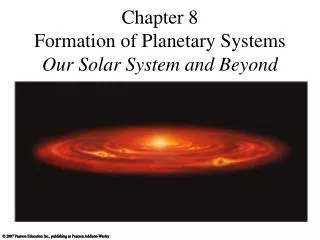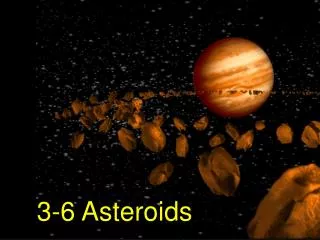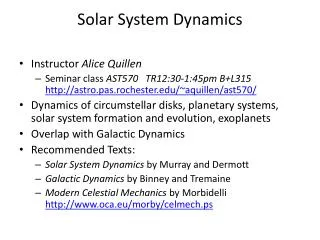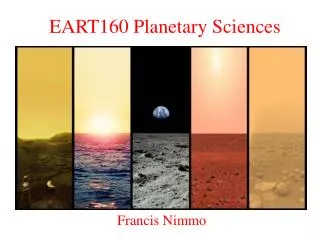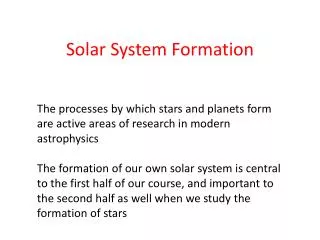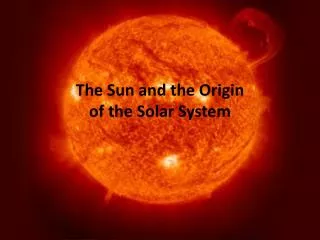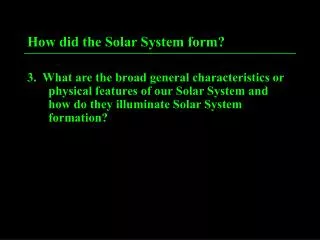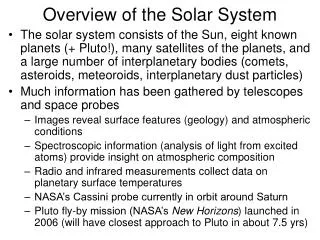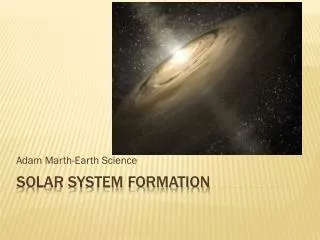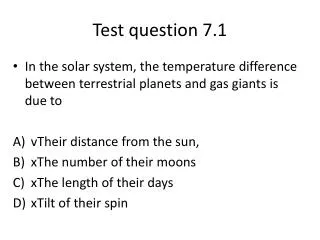Solar system formation - PowerPoint PPT Presentation
View Solar system formation PowerPoint (PPT) presentations online in SlideServe. SlideServe has a very huge collection of Solar system formation PowerPoint presentations. You can view or download Solar system formation presentations for your school assignment or business presentation. Browse for the presentations on every topic that you want.
